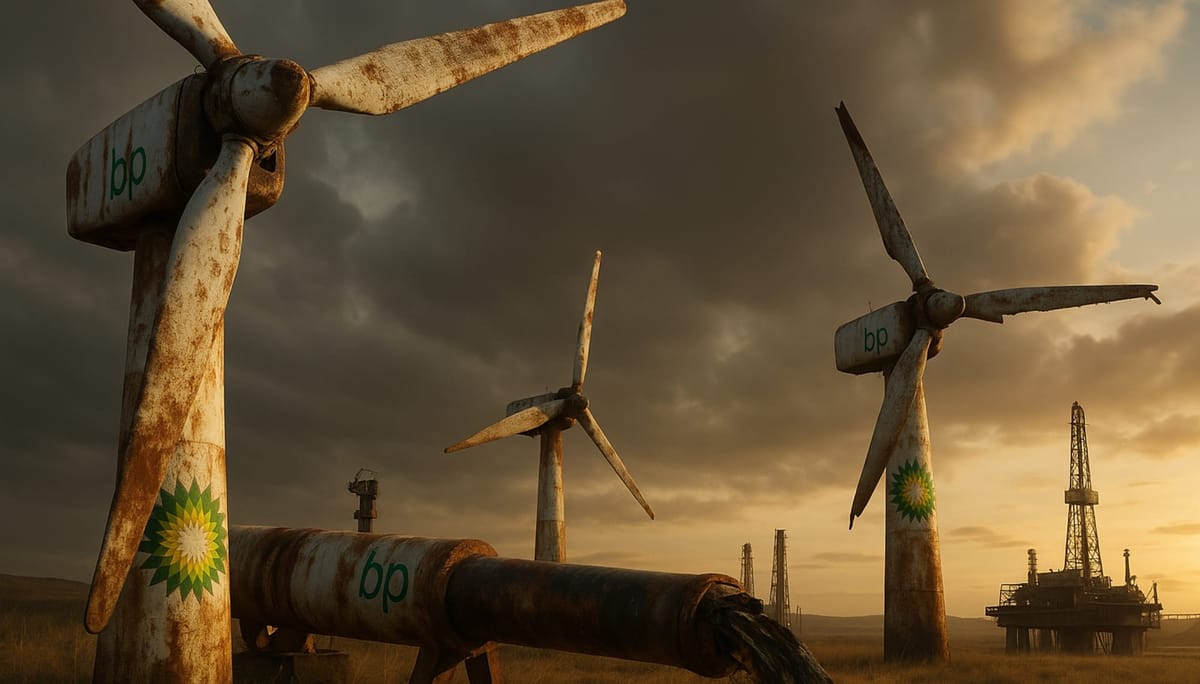BP Sells Wind Power Investment — Pivots Back to Oil

LONDON — July 18, 2025 — In a striking shift, BP (British Petroleum) has announced it is selling off its entire U.S. onshore wind power business, signaling a strategic return to oil and gas as the core of its future growth.
The deal includes 10 wind farms across the U.S. and ends BP’s direct ownership in U.S. wind generation—just five years after the company pledged to become a “net zero” energy giant.
🗣️ “Green assets don’t move the share price — hydrocarbons do” — says Art Berman, energy consultant
The buyer? New York-based LS Power, a private energy investor.
💨 Why Is BP Walking Away from Wind?
In recent earnings calls, BP’s CEO Murray Auchincloss made it clear: oil and gas are where the money is — stressing “value over volume” — and the wind sale reflects that logic.
🗣️ "We have been clear that while low carbon energy has a role to play in a simpler, more focused bp, we will continue to rationalize and optimize our portfolio to generate value" — William Lin, the company’s executive vice-president for gas and low-carbon energy, said in the statement
🛢 Back to Oil — and Shareholder Pressure
Investors have pushed BP for months to focus on what it does best: producing oil and gas. Rising global energy demand, higher oil prices, and a slowdown in green energy growth have all shifted momentum back toward fossil fuels.
- BP is now channeling capital into oil-rich regions like the Gulf of America, the North Sea, and West Africa
- BP has been steadily reducing its renewables targets and ramping up oil drilling; for example, in February 2025, the company said it would increase its investments in oil and gas by about 20% to $10bn (£7.9bn) a year, while decreasing previously planned funding for renewables by more than $5bn (£3.9bn)
- The move aligns BP with rivals like Exxon and Shell, who are also betting that oil will be needed for decades to come
📌 Bottom Line
BP has officially stepped back from wind power—and stepped back into oil dominance. As pressure builds to meet global energy needs, especially in oil-hungry regions like Asia and the U.S., expect BP to lean further into drilling, not turbines.





